Software
Home » Software
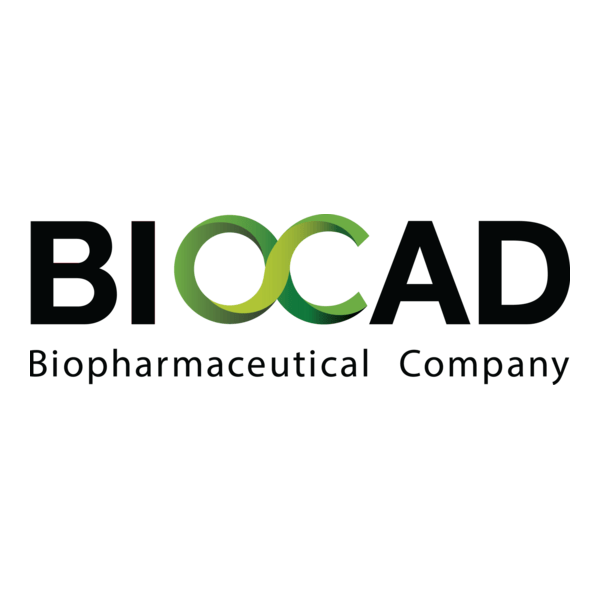
BioCAD Dental
BioCAD Dental Context BioCAD Dental is part of the broader BioCAD framework, which was originally developed for biomedical engineering and later adapted for dental applications. The dental edition focuses on 3D modeling and simulation tasks such as prosthetic design, anatomical visualization, and pre-surgical planning. Unlike many commercial platforms, BioCAD Dental is open and research-oriented, making it especially valuable in universities, teaching hospitals, and R&D labs where customization

DentCAM Free
DentCAM Free Context DentCAM Free is a starter edition of a dental CAD/CAM package. Unlike the full commercial versions, it doesn’t try to cover the entire workflow of prosthetic design and milling. Instead, it focuses on the early stages: importing scans, visualizing them, and preparing very simple models for training or demonstration. That makes it useful for classrooms, pilot projects, or small practices exploring digital dentistry for the first time.
While its features are limited, the free
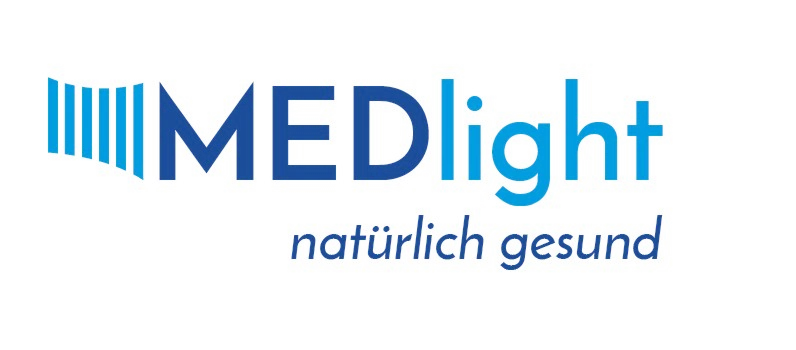
Med3D Lite
Med3D Lite Context Med3D Lite is the reduced edition of the Med3D framework, aimed at education and light clinical tasks rather than full-scale production. While the main Med3D platform is used in research and advanced imaging, the Lite version narrows the focus to visualization and simple 3D model handling. Dental schools and smaller clinics often adopt it to explore 3D anatomy or to prepare case data before sending it to heavier CAD/CAM systems.
Its appeal lies in accessibility: the software
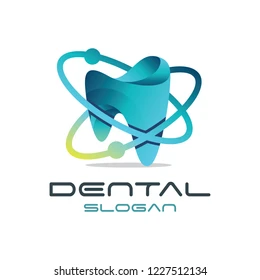
Open3D Dental
Open3D Dental Context Open3D Dental is a community-driven extension of the Open3D library, tailored for dental applications. At its core, Open3D is a general 3D data processing framework, widely used in research for working with meshes, point clouds, and volumetric models. The dental fork adapts these tools for clinical and educational use: cleaning intraoral scans, aligning meshes, and preparing STL/PLY files for downstream CAD/CAM systems.
It is not an end-user chairside system — instead, it
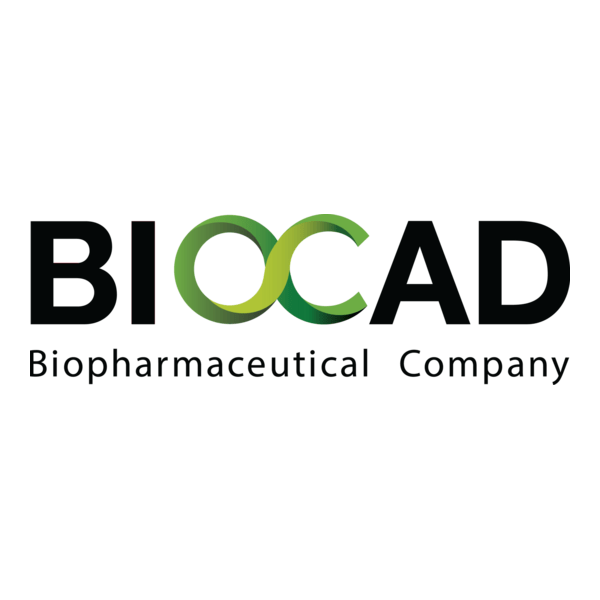
CAD Assistant (Dental meshes)
CAD Assistant (Dental meshes) Context CAD Assistant is a free 3D viewer and converter developed by the OpenCascade team. Out of the box, it’s not a dental tool, yet many clinics and labs use it as a practical helper when working with mesh data. It can quickly open STL or OBJ files from intraoral scanners, let staff check if a model is oriented correctly, measure a distance, or convert it into another format before sending it further down the workflow.
Because it is lightweight and cross-platfor
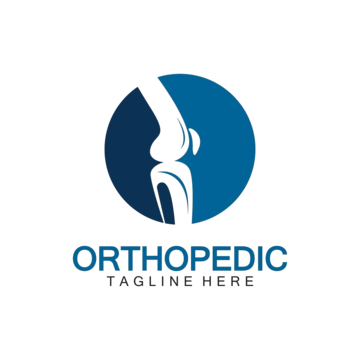
OrthoSketch Free
OrthoSketch Free Context OrthoSketch Free is the entry-level version of a digital orthodontic sketching tool. It isn’t meant to replace advanced CAD software — instead, it gives students, interns, and smaller clinics a way to work with digital cases without the heavy cost or steep learning curve. With it, a user can draw treatment ideas, adjust tooth positions, and prepare simple orthodontic scenarios.
Because it’s the free edition, the feature set is modest, but still enough for teaching labs
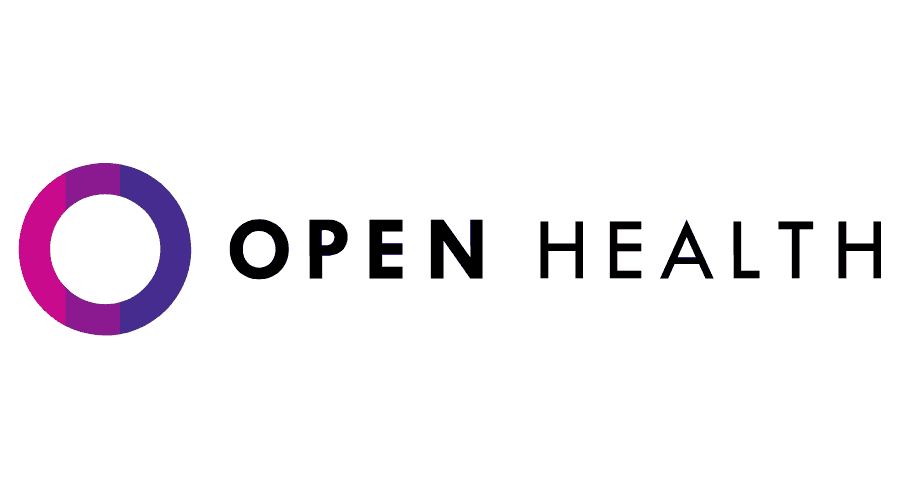
OpenHealth Dental
OpenHealth Dental Context OpenHealth Dental is an open-source module that extends the larger OpenHealth ecosystem into dentistry. It doesn’t try to be a one-stop CAD/CAM platform — its focus is on patient records: dental charts, procedure notes, and follow-up logs, all stored in the same system as medical data.
The idea is straightforward: keep everything in one place so clinicians don’t juggle separate systems. For hospitals and clinics already using OpenHealth, the dental side is a natural ad
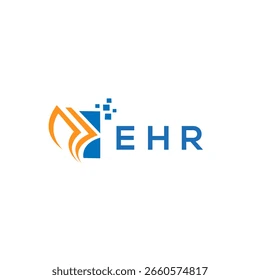
EHR Dental Lite
EHR Dental Lite Context EHR Dental Lite is the slimmed-down branch of a bigger EHR system. It doesn’t try to cover every possible module — instead, it focuses on what a small dental clinic usually needs day to day: keeping patient charts in order, storing treatment notes, printing a few reports when required. It’s deliberately lightweight, which means it can run on ordinary hardware without needing a dedicated IT team behind it.
That simplicity makes it popular in smaller practices, community p
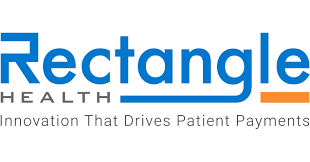
HealthForge Dental
HealthForge Dental Context HealthForge Dental grew out of the larger HealthForge framework, an open-source EHR system used in different community and teaching settings. The dental module doesn’t try to be an all-in-one CAD or imaging platform. Instead, it concentrates on the basics that clinics often need most: charting, treatment notes, prescriptions, and follow-ups — all tied into the same medical record that doctors already use.
Its role is especially clear in places where resources are thin
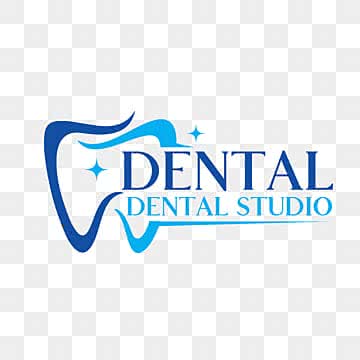
OpenVista Dental
OpenVista Dental Context OpenVista Dental is an adaptation of the broader OpenVista EHR platform, itself a community-driven fork of the U.S. Department of Veterans Affairs VistA system. The dental extension keeps the same backbone but introduces workflows for oral health: charting, treatment notes, prescriptions, and integration with the general medical record.
The philosophy is familiar — keep data unified across all specialties. Instead of a dentist running one program and physicians running
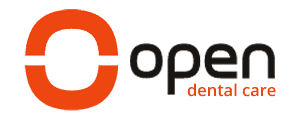
OpenHospital Dental
OpenHospital Dental Context OpenHospital Dental is not a flashy CAD platform — it’s a practical add-on to the broader OpenHospital system, an open-source medical record solution that grew out of projects in resource-limited regions. The dental part follows the same philosophy: keep it simple, keep it lightweight, and make sure it can run on modest hardware without requiring constant internet.
Its real strength lies in integration. Instead of keeping separate records for medical and dental visit

HospitalRun Dental
HospitalRun Dental Context HospitalRun Dental isn’t a standalone program but an extension of the HospitalRun platform, which was originally built for small hospitals and clinics in areas where internet and resources are never guaranteed. The dental part of the system sticks to the same principles: keep it lightweight, let it run offline first, and only sync when the connection is available.
That approach makes sense in community hospitals, university clinics with limited budgets, or even mobile
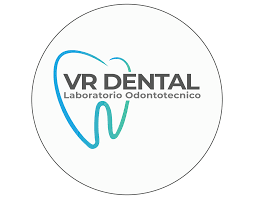
VR Dental Training Lab
VR Dental Training Lab Context VR Dental Training Lab is, in simple terms, a teaching clinic that lives inside a headset. Instead of sitting in front of a plastic jaw or a mannequin, students walk into a digital room where anatomy, tools, and procedures are all recreated in 3D. They can repeat steps, make mistakes, and reset as often as needed — without touching a patient or using costly disposable materials.
The system was built mainly for universities and dental schools, though some hospitals
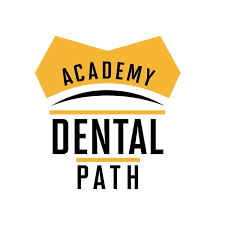
DentalPath Lite
DentalPath Lite Context DentalPath Lite is the stripped-down edition of a larger CAD/CAM ecosystem, meant less for production and more for orientation. It gives dental teams a way to open scans, check alignments, drop in a few notes, and basically understand where a case is heading before handing it off to a lab or moving to a full-featured design tool. The idea is to keep the entry point simple — a lightweight viewer with just enough functions to be useful in training or daily review.
For admi
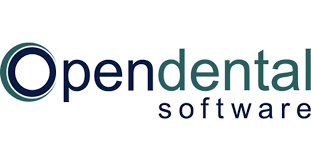
Open Dental Anatomy
Open Dental Anatomy Context Open Dental Anatomy is not a planning system or a CAD tool; it is closer to a digital atlas — an interactive way to explore the structure of teeth, jaws, and related tissues in three dimensions. The project grew out of academic initiatives and is maintained in an open-source format, which makes it particularly attractive for universities and teaching hospitals. Instead of focusing on prosthetics or surgical workflows, it delivers clarity: showing how anatomical elemen
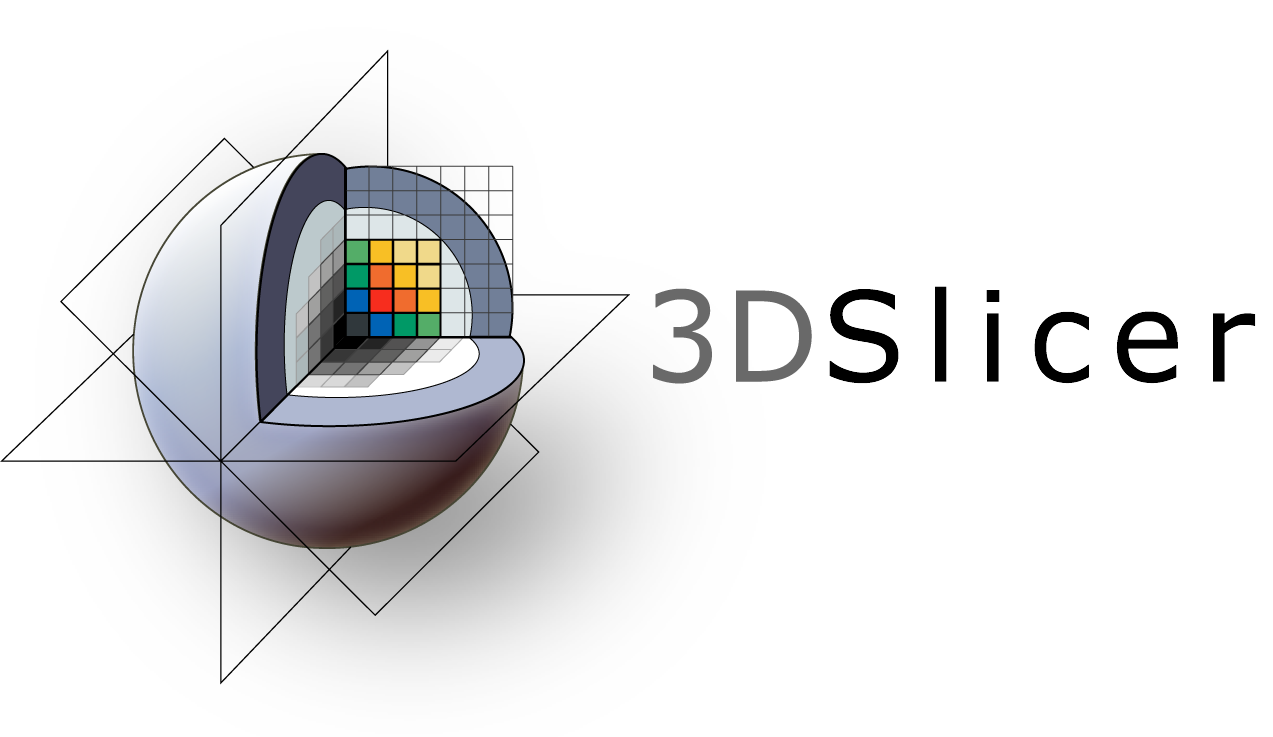
Dental Master 3D (Free demo)
Dental Master 3D (Free demo) Context Dental Master 3D in its Free demo edition is positioned more as an educational and demonstration tool than as a fully operational chairside suite. While commercial editions provide deep treatment-planning modules, the free version allows practitioners, students, and IT administrators to evaluate workflow, data handling, and interface logic without licensing costs. Its focus lies in visual simulation, patient communication, and an accessible preview of clinica

FreeCAD (Dental Workbench)
FreeCAD (Dental Workbench) Context FreeCAD is a general-purpose, parametric CAD platform; the community-made Dental Workbench nudges it toward clinical modeling tasks. It is not a turnkey dental suite — more a toolbox that combines mesh cleanup, boolean operations, offsets/shells, and simple splint or guide prototypes. In practice, dental models typically arrive as STL/OBJ from CBCT segmentation done elsewhere (3D Slicer, ITK-SNAP, etc.). Admins value it for cost control, scripting options, and

Blender (Dental add-ons)
Blender (Dental add-ons) Context Blender is a universal 3D modeling and animation platform. Over time, a community has developed around it that created plugins and add-ons specifically for dentistry. These dental add-ons allow Blender to be used not only for visualization but also for working with CBCT data, jaw modeling, and surgical guide design. Unlike classic DICOM viewers, Blender combined with dental modules functions as a CAD/CAM environment, though it requires more setup and training fro

CamBA
CamBA (Cambridge Brain Analysis) Context CamBA is a toolkit developed in Cambridge for the analysis of brain MRI. While its primary application is in neuroscience, some functions have been adapted for craniofacial research, including dental studies. It is often used for statistical analysis, morphometry, and working with large datasets. Unlike standard DICOM viewers, CamBA is more of a research environment where the emphasis is on mathematics and statistics rather than visualization. For IT admi
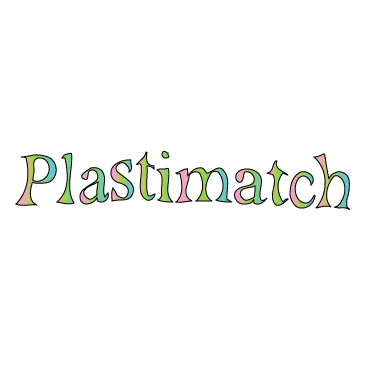
plastimatch
plastimatch Context plastimatch is an open-source toolkit that originally came out of radiotherapy research. Over time it found its way into other areas, including dentistry, where CBCT image alignment and dose studies are important. Unlike simple DICOM viewers, plastimatch is not a click-and-go program. It’s command-line based, more of a collection of utilities than a single app. Researchers use it to register scans, simulate doses, or convert data for 3D modeling. In a dental setup, it usually
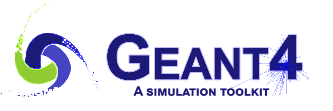
GATE (Geant4 Application for Tomographic Emission)
GATE (Geant4 Application for Tomographic Emission) Context GATE is an advanced simulation platform built on the Geant4 toolkit, originally created for high-energy physics. Its purpose is to simulate medical imaging and radiotherapy — PET, SPECT, CT, and radiation dose calculations. While its main focus is nuclear medicine, dental researchers and physicists also use GATE when studying radiation exposure during CBCT scans or planning novel imaging setups. Unlike clinical viewers, this is not softw

BrainSuite
BrainSuite Context BrainSuite started as a neuroimaging platform, focused on processing MRI scans of the brain. Over time, some of its modules found use in dental and craniofacial research, especially where high-quality segmentation and 3D reconstruction are required. Unlike simple DICOM viewers, BrainSuite is aimed at analysis: surface extraction, cortical mapping, and volumetric studies. In dental settings, researchers use it for craniofacial morphology studies, implant planning research, and

FreeSurfer
FreeSurfer Context FreeSurfer is an open-source software package originally developed for brain imaging, but over the years it has also been applied in dental and craniofacial research. The platform is designed for detailed anatomical analysis, segmentation, and 3D reconstruction. In dentistry, it is often used in academic labs for studying jawbone structure, cranial morphology, and orthodontic planning where high-resolution MRI or CT data is involved. For administrators, it is a heavier system
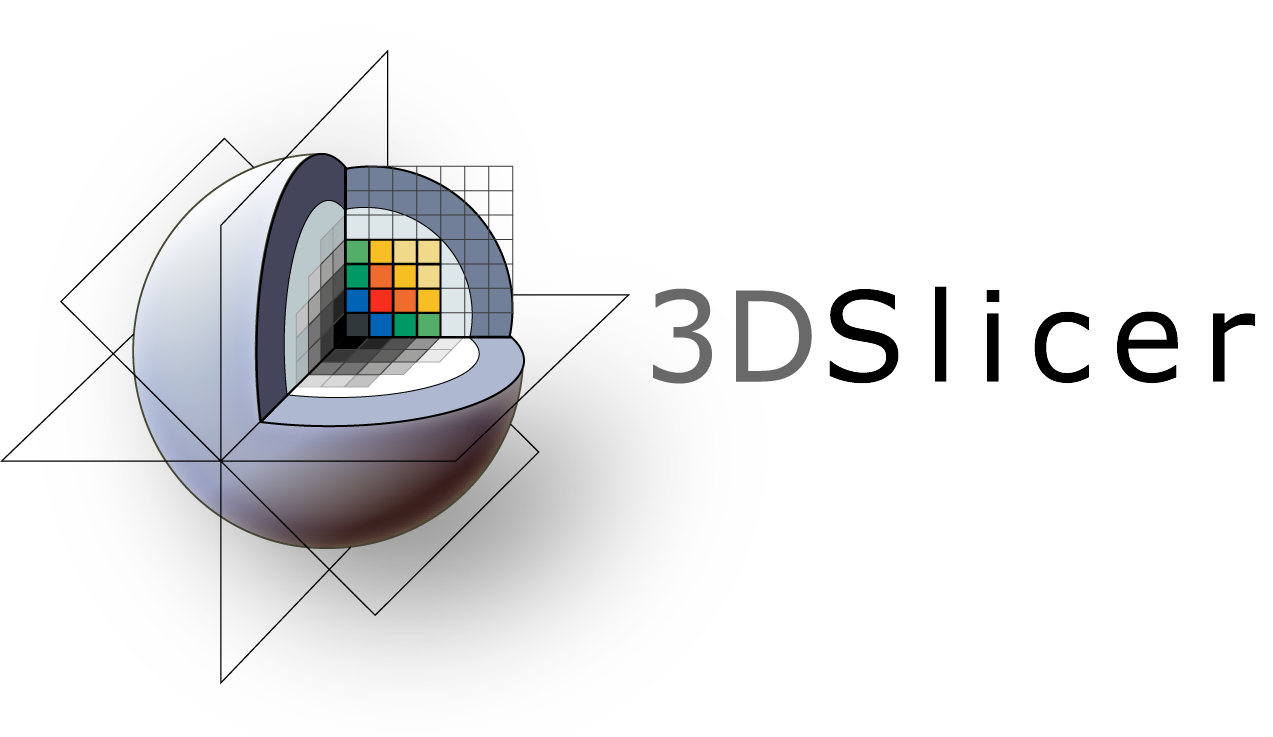
3D Slicer (Dental Extensions)
3D Slicer (Dental Extensions) Context 3D Slicer has long been known in the medical imaging community, mostly as a research platform. What makes it interesting for dentistry is the growing set of Dental Extensions, which bring features for CBCT scans, segmentation, and even surgical guide preparation. Unlike typical DICOM viewers, Slicer behaves more like a toolkit — it’s modular, expandable, and shaped by the community. In a dental clinic, it’s not the default day-to-day viewer but rather the “p
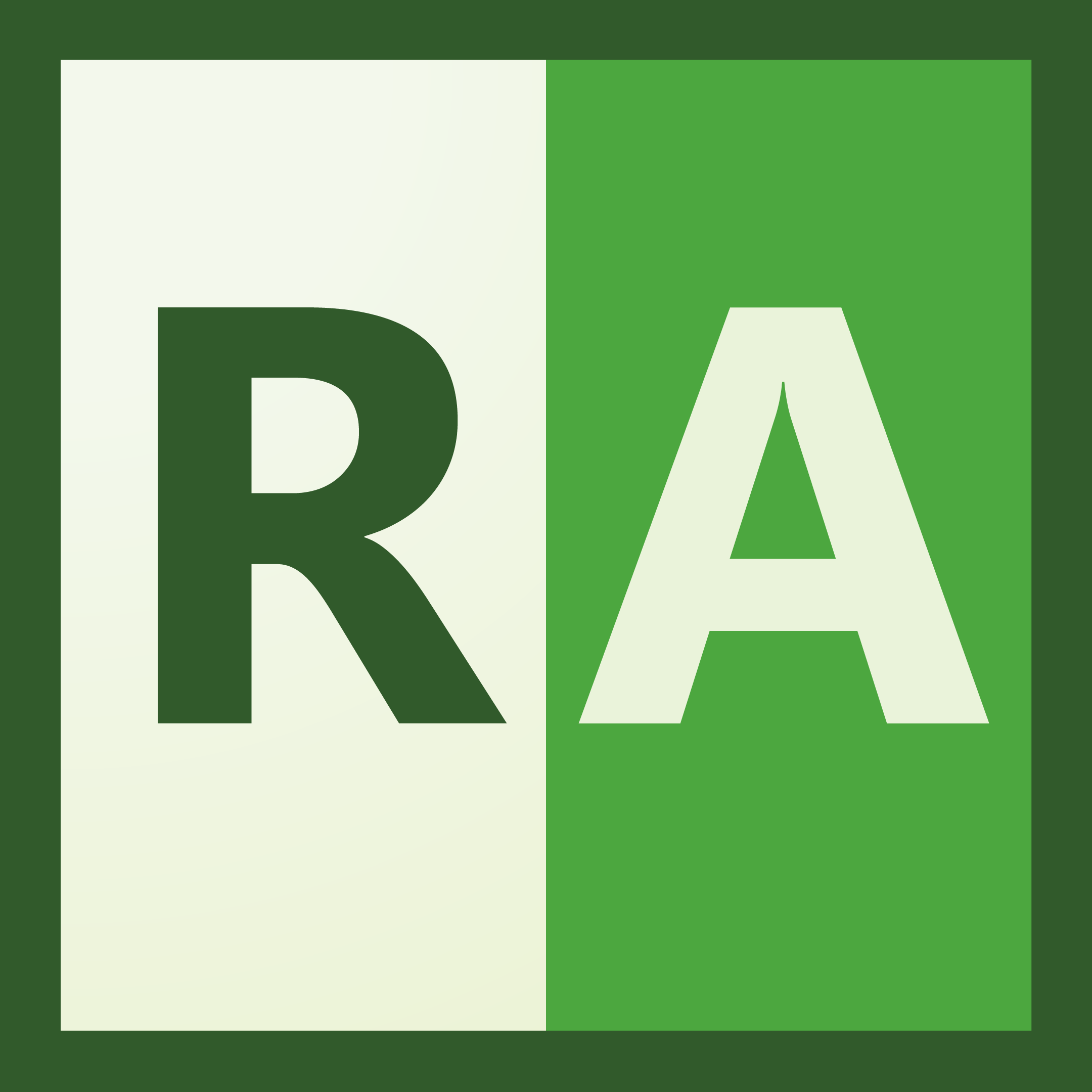
RadiAnt Portable (Trial)
RadiAnt Portable (Trial) Context RadiAnt DICOM Viewer is a popular commercial imaging viewer for Windows, known for being fast and lightweight. The Portable Trial version provides the same functionality as the licensed edition but is limited by time or feature restrictions. Many dental clinics use it when evaluating whether RadiAnt is worth adopting as their main imaging tool. For IT admins, the portable build is convenient: it doesn’t require installation, runs from a USB stick or local folder,
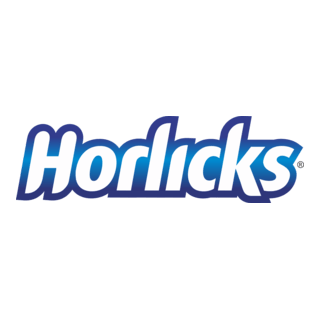
HorliX Portable
HorliX Portable Context HorliX Portable is a lightweight DICOM viewer tailored for macOS, with a portable edition that can also run on other platforms through packaging. Originally built for radiology research, it found a place in dental imaging thanks to its simple handling of CBCT scans and panoramic X-rays. Unlike some heavier tools, HorliX focuses on accessibility: it runs without complex setup, requires no big infrastructure, and works well as a side tool in clinics or teaching labs. For IT
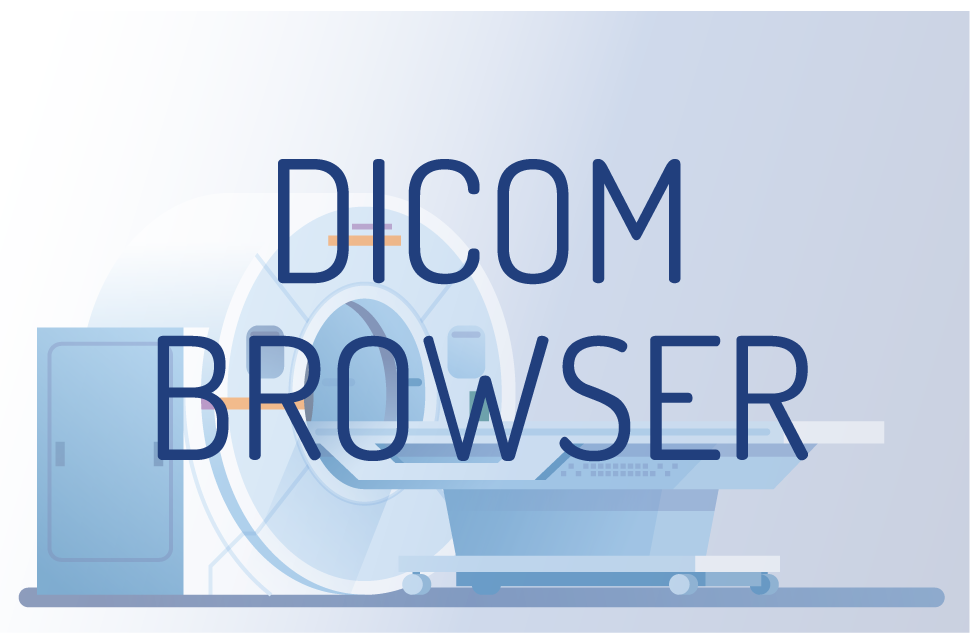
DicomBrowser
DicomBrowser Context DicomBrowser is a small but practical open-source tool designed for inspecting and editing DICOM metadata. Unlike viewers such as Weasis or ClearCanvas, its focus is not on reading images but on working with the information inside the headers. That makes it especially useful in research, teaching labs, and clinical setups where anonymization or quick validation of imaging data is required. Dental practices sometimes use it to clean up patient identifiers before sharing CBCT
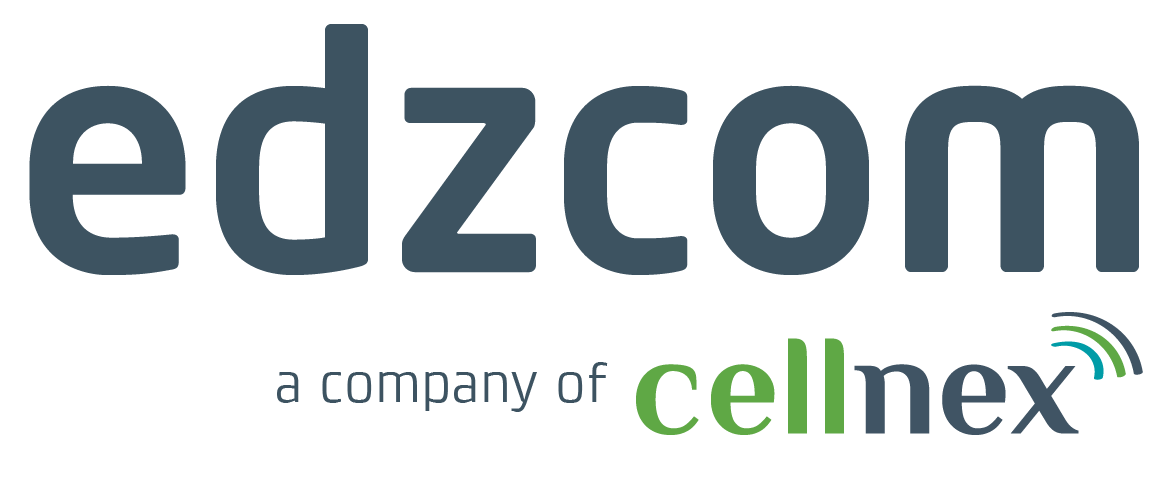
ezDICOM
ezDICOM Context ezDICOM is one of the older open-source DICOM viewers still in circulation. It’s not flashy, and it doesn’t try to compete with modern 3D-capable systems, but it has earned a reputation for being small, quick to set up, and reliable for basic image viewing. Many dental schools and smaller practices still keep it around because it runs on almost any Windows workstation and doesn’t require heavy hardware. It’s often used as a teaching tool, or as a lightweight backup viewer when mo

ClearCanvas Workstation (Community Edition)
ClearCanvas Workstation (Community Edition) Context The Community Edition of ClearCanvas Workstation has been circulating for years and still finds use in smaller medical and dental setups. It’s a free DICOM viewer built on the same foundation as the commercial line but without paid extensions or vendor support. In dentistry, it often fills the gap when a clinic needs a Windows-based viewer that can handle X-rays and CBCT scans without extra cost. It’s not cutting-edge software anymore, but it d
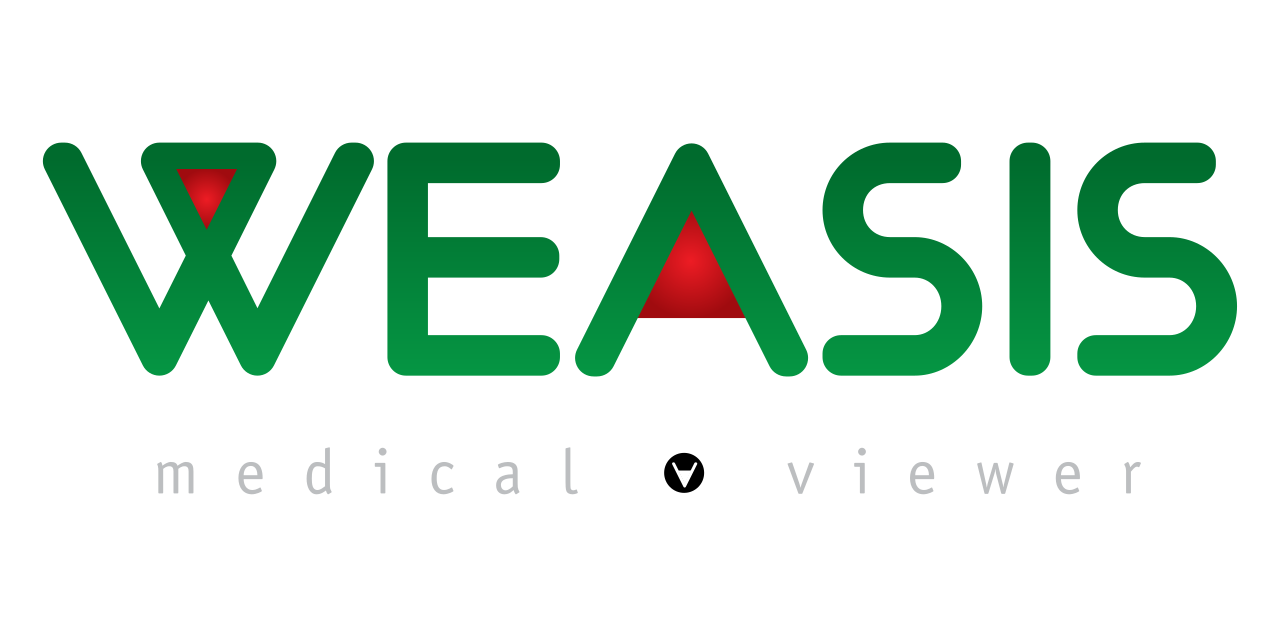
Weasis DICOM Viewer
Weasis DICOM Viewer Context Weasis has become something of a standard in the open-source medical imaging space. It’s not flashy, but it works — and that’s why it shows up in so many clinics. Dentists use it for panoramic X-rays or CBCT scans, hospitals run it with PACS servers, and universities roll it out in classrooms. The viewer itself doesn’t try to reinvent the wheel; it sticks to DICOM standards and lets admins tie it into their existing systems. What makes it practical in dentistry is tha
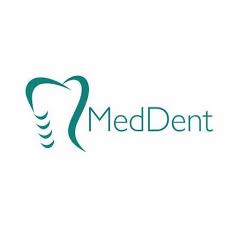
MedDent Lite
MedDent Lite Context MedDent Lite is a scaled-down edition of a larger dental management platform. The idea behind it is simple: give small practices the essential tools — charts, schedules, and billing — without forcing them to run a heavy, hospital-style system. It’s lightweight, quick to deploy, and doesn’t demand much from the hardware. Many clinics pick it up as an entry point before moving to bigger solutions, while others keep it long-term because it covers the basics reliably. From an ad
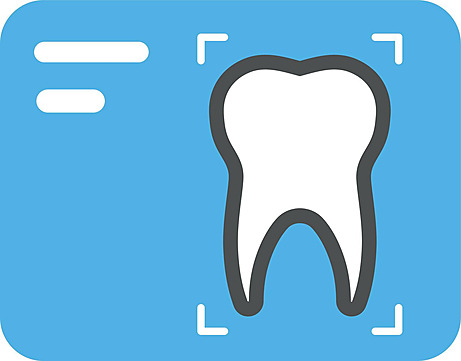
OralHealthRecords
OralHealthRecords Context OralHealthRecords is an open-source EMR project aimed directly at dentistry. It doesn’t try to cover every medical specialty; instead, it focuses on patient charts, odontograms, treatment plans, and scheduling. Many clinics adopt it when they want something lighter than a hospital EHR but more dental-specific than a generic practice manager. Because it is community-driven, features vary between releases, yet the fundamentals stay consistent: open database access, web-ba
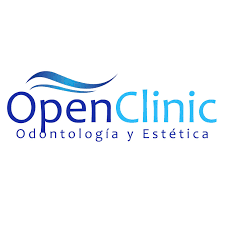
OpenClinic Dental
OpenClinic Dental Context OpenClinic Dental grew out of the wider OpenClinic project but took a different route: it focuses almost entirely on dental workflows. Instead of carrying hospital-level baggage, this version narrows down to patient files, appointments, and chairside charting. It’s open-source, so nothing is hidden behind vendor locks. That makes it attractive for clinics that want independence and don’t mind handling some setup on their own. Admins often see it as a middle ground — lig
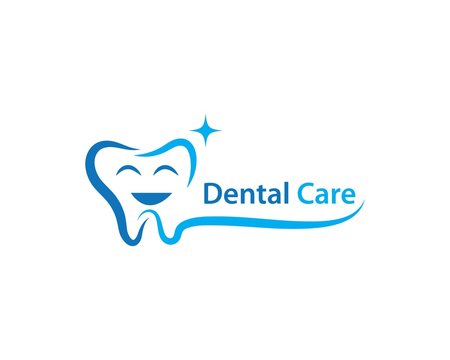
CareVue Dental
CareVue Dental Context CareVue Dental is not a massive hospital-grade EHR. It’s a smaller system built for dental practices that just need the basics: patient charts, schedules, and treatment notes. Clinics that don’t want to deal with heavy platforms often turn to it because it’s quick to set up, runs on modest servers, and doesn’t drown users in menus they’ll never touch. For administrators, the attraction is clear — it’s easier to manage, integrates with external DICOM viewers for imaging, an
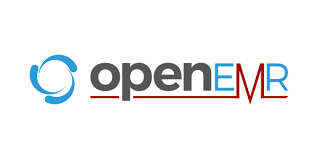
OpenEMR
OpenEMR Context OpenEMR didn’t appear overnight. It grew over years of use in clinics of all sizes and today it’s probably the most recognizable open-source EHR. While it started in general medicine, plenty of dental practices also adopted it, simply because it does the everyday stuff well enough — appointments, billing, charting, prescriptions — and can be extended where needed. For dentistry, the usual path is adding odontogram forms or linking it to imaging tools. It isn’t lightweight, but it

OpenDentalFork
OpenDentalFork Context OpenDentalFork is a community-maintained branch derived from earlier open-source releases of Open Dental. The codebase keeps a pragmatic focus: chairside charting, scheduling, basic billing, and patient records backed by MySQL. In dental networks where a full enterprise EHR feels heavy or cost-prohibitive, the fork is used as a lean EMR/PM core that can hand off imaging to external DICOM viewers and archive studies in a small PACS. It is not a drop-in clone of current comm
